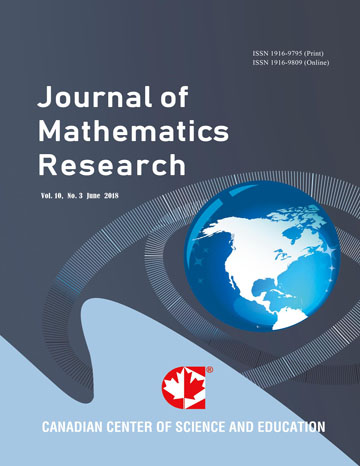Study of Gravitational Lensing Constraints on the Cardassian Model Based on the Friedmann Equation
- Bani Mukherjee
- Bijay Mandal
Abstract
The Cardassian Model for the dark energy, dark matter and unified theory, which have usually invoked as the mostplausible way to explain the recent observational result, have been studied. In this paper we mainly focus our attention
to investigate some observational consequences of a flat, matter dominated and accelerating scenario, on the constraints,
the parameters n and q which fully characterize the Cardassian Model. The dependence of the acceleration red-shift that
is the red-shift at which the Universe begins to accelerate, with the parameters n and q is briefly discussed. When we
consider q = 1 our case 2.1 converges to the case of Cardassian model for the dark energy by S. Sen44. Moreover when
we consider ?r0, the density parameter for radiation, is zero then our case 2.1 converges to the case of Cardassian model
for dark matter by A., Dev20, as a special case.
- Full Text:
 PDF
PDF
- DOI:10.5539/jmr.v1n2p148
Index
- ACNP
- Aerospace Database
- BASE (Bielefeld Academic Search Engine)
- Civil Engineering Abstracts
- CNKI Scholar
- DTU Library
- EconPapers
- Elektronische Zeitschriftenbibliothek (EZB)
- EuroPub Database
- Google Scholar
- Harvard Library
- IDEAS
- Infotrieve
- JournalTOCs
- MathGuide
- MathSciNet
- Open policy finder
- RePEc
- ResearchGate
- Scilit
- Technische Informationsbibliothek (TIB)
- The Keepers Registry
- UCR Library
- Universe Digital Library
- WorldCat
Contact
- Sophia WangEditorial Assistant
- jmr@ccsenet.org
